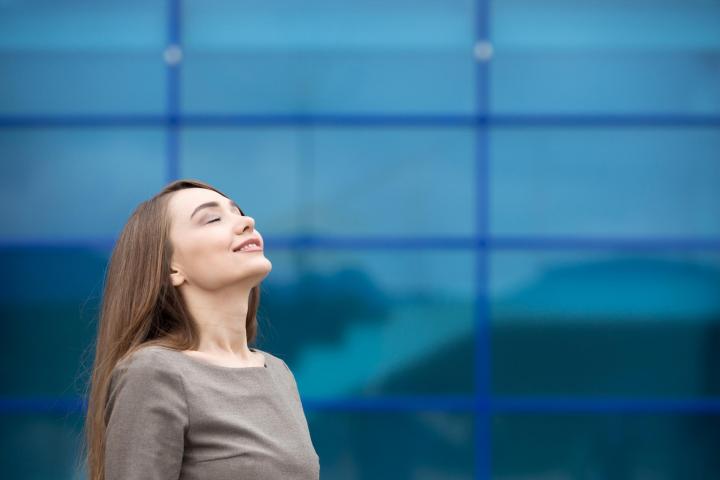
ADVERTISEMENT
The advice to "stroll to a colleague’s desk with a question" only works in those gentler times and workplaces; many, many "sweatshop" workplaces hiring country folk now forbid workers from leaving their stations to talk to colleagues and trips to the restroom are counted and timed and pets at work are prohibited. Nice ideas but not realisable for many of us struggling to keep a roof over our heads who can't afford to quit or move given today's workplaces and the super-rights of corporations . These suggestions only work for the privileged few employees in our right-to-work culture.
Thanks for posting that sharp reminder, Pat. Many Americans work in jobs that don't allow freedoms such as the ability to get up and move from time to time to shake off some of the negative health affects of long sitting.
Of course I was aiming at the many who don't have such severe workplace restrictions, and who sit most of the day (and often well into the night) on the job, commuting, and later, on the couch.
Writing always involves making choices about which group or groups of readers to address. What speaks to one group can feel exclusive and ignorant to others. Both in tone and content, my post excluded the folks you want us all to remember.
This is definately a good reminder for me. I had a severe foot injury in 2015 and literally could not be on my feet for almost a year. As a result I have lost muscle in much of my whole body from sitting so much. I'm able to walk without the aid of crutches now but I still have to be careful not to re-injure my foot. (I took up an old hobby of crochet to occupy my time.)
So my Podiatrist says to stay off my foot as much as possible but my family MD says to get out & walk... Can you say 'conundrum'? LoL
This is a great reminder! Score one for those frequent interruptions I get working at home;)
Great post! This is why I love bringing my dog, Murray, to work so I "have" to get up often to take him out. It's a win win!










